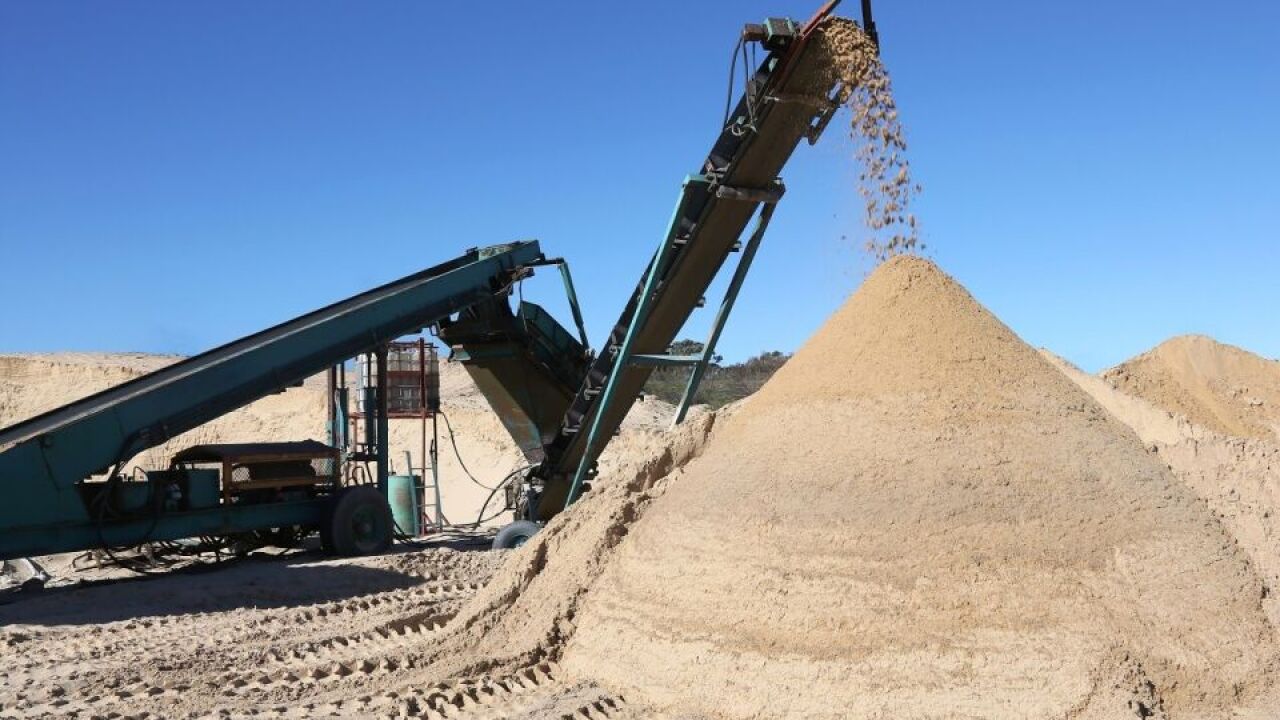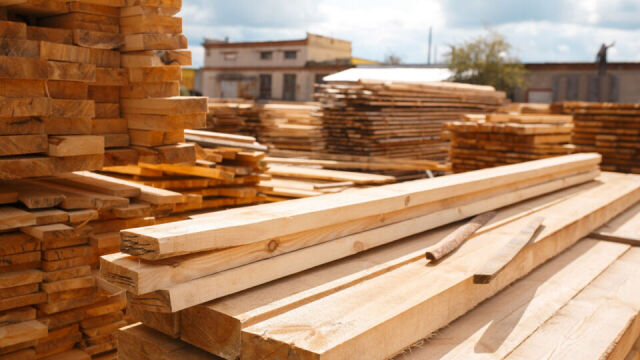
The Importance of Using Washed Sand in Construction Projects
Construction projects require careful consideration of materials to ensure the durability and longevity of structures. One such material that is often overlooked but plays a crucial role is washed sand. In this article, we will explore the importance of using washed sand in construction projects and its various benefits.
What is Washed Sand?
Washed sand is a type of sand that has been thoroughly cleaned to remove any impurities or contaminants. It undergoes a rigorous washing process, which involves rinsing the sand multiple times with water to eliminate silt, clay, and other unwanted particles. This results in clean and high-quality sand that is ideal for construction purposes.
Enhanced Strength and Stability
One of the primary reasons why washed sand is preferred in construction projects is its enhanced strength and stability compared to regular sand. The removal of impurities ensures that the sand particles are well-graded and uniformly sized. This uniformity leads to better compaction, increasing the overall strength and stability of the construction material.
Improved Workability
Washed sand also offers improved workability during construction activities. The absence of fine particles like silt and clay reduces the risk of clogging or blocking pipes, drainage systems, or equipment used in construction. This allows for smoother operations and efficient progress on-site.
Reduced Risk of Settling
Using washed sand can significantly reduce the risk of settling in construction projects. Settlement occurs when soil beneath a structure compresses due to weight or external factors, resulting in unevenness or sinking. As washed sand has fewer impurities, it minimizes the chances of soil compression, ensuring long-term stability and preventing costly repairs down the line.
Prevention of Efflorescence
Efflorescence refers to the white powdery substance that appears on concrete surfaces over time. It occurs due to water-soluble salts present in building materials reacting with moisture and migrating to the surface. By using washed sand, which is free from soluble salts, the risk of efflorescence is significantly reduced, resulting in better aesthetic appeal and durability of structures.
Environmental Considerations
Apart from its technical benefits, washed sand also offers environmental advantages. The washing process removes harmful substances and pollutants present in raw sand, preventing contamination of water bodies or soil. This eco-friendly approach contributes to sustainable construction practices and promotes a healthier environment.
Conclusion
In conclusion, the importance of using washed sand in construction projects cannot be emphasized enough. Its enhanced strength, improved workability, reduced risk of settling, prevention of efflorescence, and environmental considerations make it an invaluable material for any construction endeavor. By incorporating washed sand into construction practices, builders can ensure the longevity and durability of structures while promoting sustainable development. For further reading on related topics, consider exploring articles on proper aggregate selection, innovative construction techniques, or the use of recycled materials in building projects.
Kzimiera Krzaczasta
Tagi artykułu
Jak znaleźć odpowiednią firmę oferującą usługi wynajmu dźwigu
Ekologiczne alternatywy dla tradycyjnych folii ochronnych
Komentarze artykułu
0Brak komentarzy







